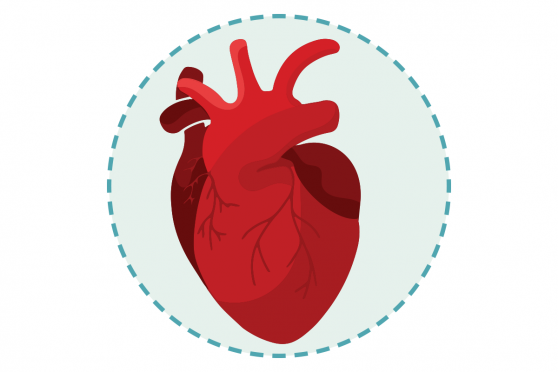What you need to know about cholesterol
8 facts that might surprise you—like, if your cholesterol is too low, it may be bad

Too much cholesterol isn’t a good thing. But did you know that your body needs cholesterol for cell-building? The problem starts when there’s extra of this waxy substance floating around in the bloodstream. Over time, it can build up in the arteries, raising the risk of heart disease and stroke.
Here are some things that you might not have heard of about this hot health topic.
Low cholesterol can be a bad thing. “Good” high-density lipoprotein (HDL) cholesterol helps shuttle “bad” low-density lipoprotein (LDL) cholesterol away from the arteries. Having more HDL in the blood, therefore, is a good thing. However, having very low levels of LDL cholesterol may be linked to cancer, depression, anxiety, stroke, and problems with pregnancy. This is rare, though. Most problems come from too-high levels of LDL cholesterol.
“Cholesterol-free” foods can still raise cholesterol. The number one way to lower your cholesterol is by reducing your intake of saturated and trans fats. These are found in red meat, shellfish, whole-milk dairy foods, hydrogenated oils, many baked goods, and even some margarines. Even if a food is labeled cholesterol-free, it can still contribute to higher cholesterol levels if it contains these fats.
Slim people can have high cholesterol. You don’t have to carry extra weight to have high cholesterol. If you don’t really pay attention to what’s in the foods you eat, you might be downing more saturated and trans fats than you realize.
Get levels checked starting at age 20. You and loved ones should start having cholesterol checked every four to six years starting at age 20 (or more often, depending on your family history and risk factors, which include age, gender, smoking, and high blood pressure). That’s the recommendation of the American Heart Association—even if you aren’t in a high-risk group.
Don’t rely on public screenings. These, as well as at-home tests, can be accurate if they’re done properly. But only a health care professional can consider everything about your health profile, ensure the test is done right, and help you create an action plan. There’s no need to skip those screenings at health fairs or when giving blood, but don’t let that be your only measure. Your doctor may recommend at-home tests as a follow-up, but they can walk you through the process and interpret the results.
Smoking lowers “good” cholesterol. Going tobacco-free can help lower your cholesterol levels and reduce your risk of coronary heart disease. Be sure to avoid secondhand smoke, too. According to the Centers for Disease Control and Prevention, cigarette smoking is the leading preventable cause of death in America.
Sometimes lifestyle changes are enough. You might be able to bring down high cholesterol by avoiding tobacco smoke, achieving a healthy weight, exercising regularly, and eating a heart-healthy diet. In fact, even genetically linked high cholesterol might be controllable through these changes. If not, your doctor can prescribe medications to improve your profile.



